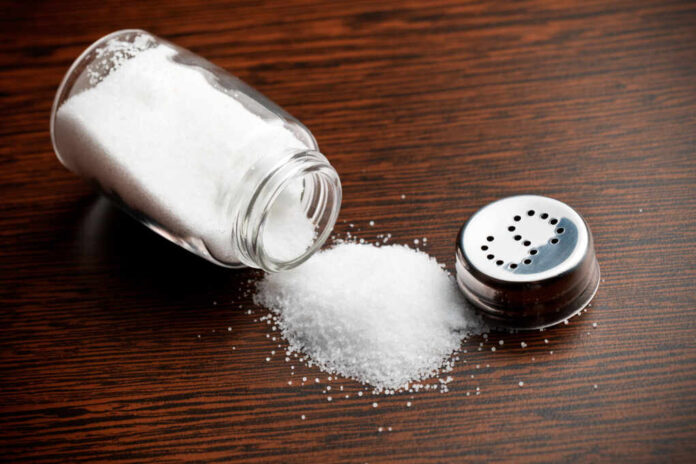
Indonesia’s Andalas University recently discovered that people are consuming over 1,000 microplastics per year in the form of table salt. The researchers took samples from over 21 salt brands and tested for plastic, fibers, and pellets. Their results proved that up to 33 particles are detected per kilogram
Now cancer-causing microplastics are found in TABLE SALT https://t.co/uVFc14c1eK pic.twitter.com/kshZgPIBlN
— Daily Mail US (@DailyMail) January 15, 2024
What are microplastics? According to National Geographic, microplastics are, “tiny plastic particles that result from both commercial product development and the breakdown of larger plastics.” In other words, when large plastic materials are exposed to water and other elements, they begin to slowly break down into pieces small enough to harm animals. To be labeled a “microplastic” the particles must be less than five millimeters wide, equivalent to the size of a pearl.
Primary microplastics derive from cloth and textile materials, such as fishing nets or clothing. Secondary microplastics are the result of large plastics breaking down, such as bottles and barrels. Microplastics are a hazard because they do not fully decompose into harmless molecules. Instead, they both harm animals and infiltrate our water and food sources.
Table salt has been contaminated by the microplastic containing water, sand, and organic matter that resides in the ocean. The Daily Mail reported on this study, stating that four types of polymer plastics were identified. Synthetic resin, heat-resistant plastic, polyester clothing fibers and liquid containers are among objects containing the four polymers.
Harvard University has performed numerous studies on the health risks associated with the tiny plastic molecules entering the human body. They claim that microplastic ingestion can cause “oxidative damage, DNA damage, and changes in gene activity, known risks for cancer development.” An additional study showed that some marine organisms were tested as having more microplastics in their system than natural nutrients. They cautioned that this exposure will continue to climb up the food chain. Whether we are ingesting contaminated table salt or consuming contaminated water and animals, microplastics are proving to be a threat to our health.
Most of Indonesia’s salt is exported to the United States along with Czech and Singapore. Our country also imports salt from Spain, which has unfortunately tested positive for microplastics as well and at an even higher rate of 280 particles per kilogram.














